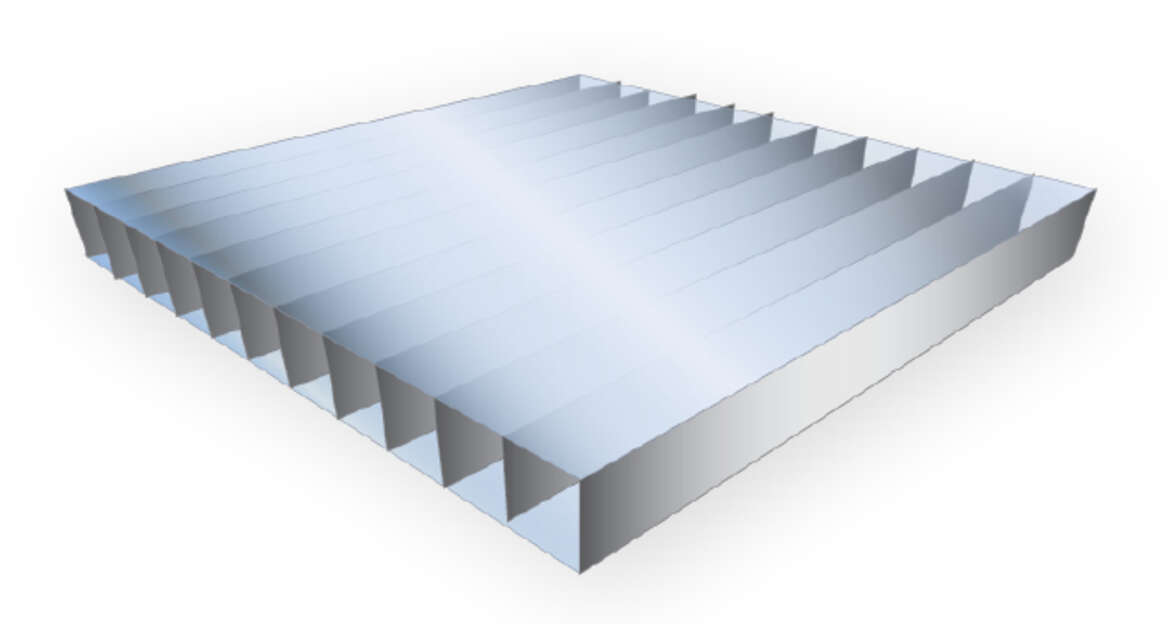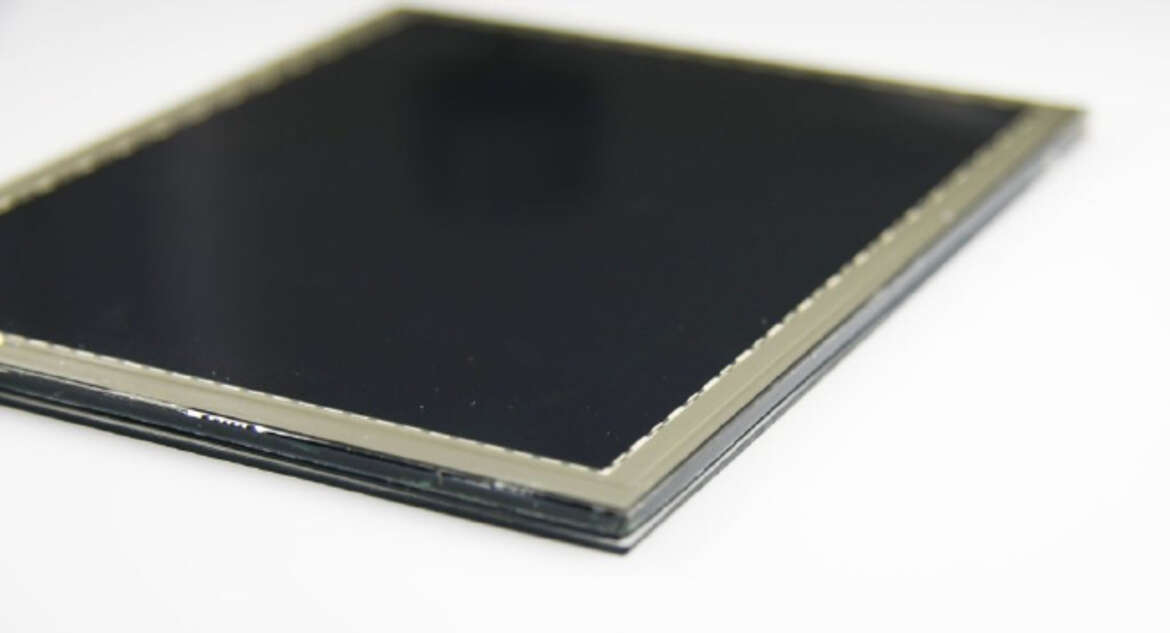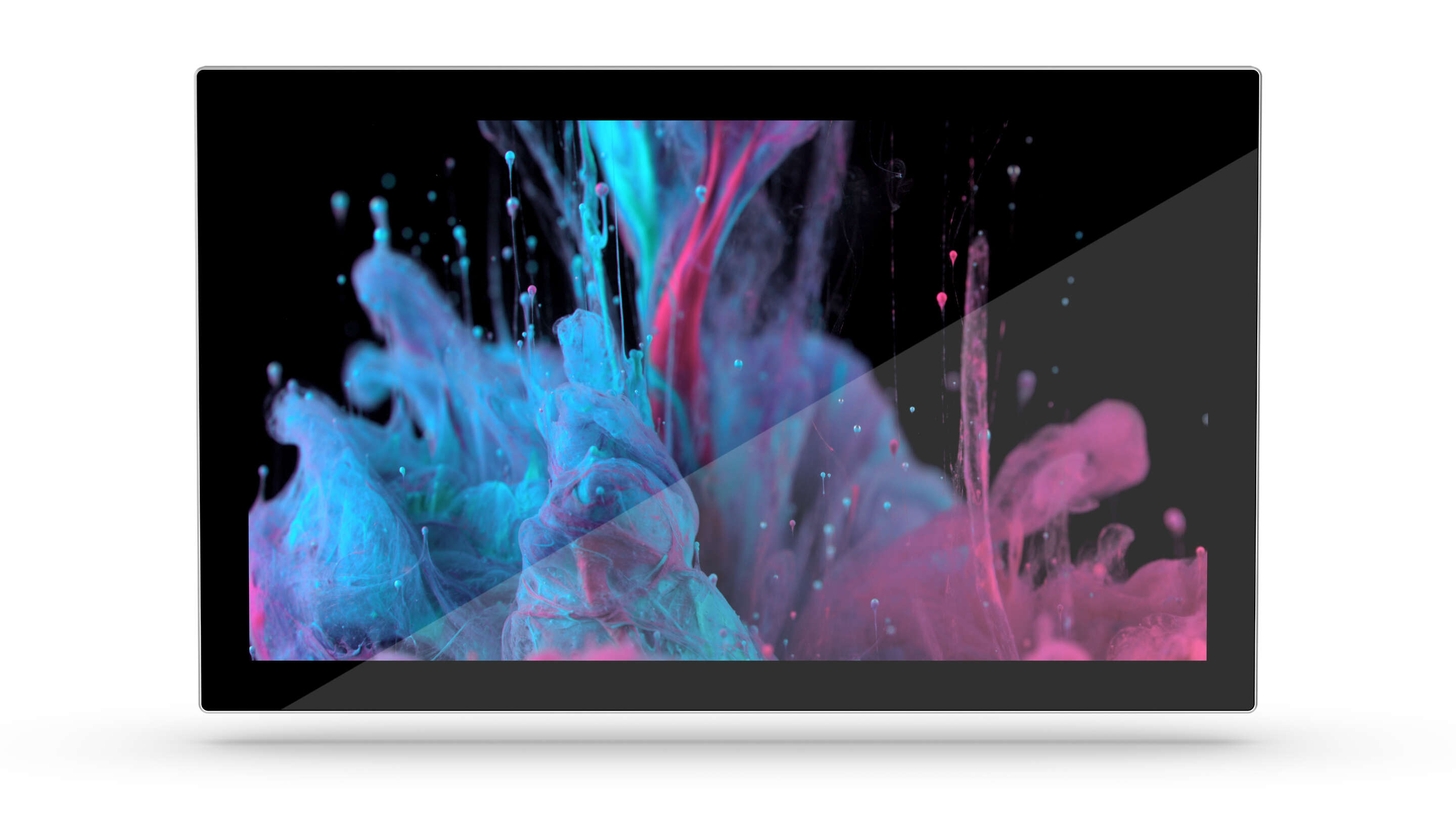Effective privacy filters and surface finishes
Privacy protection and the associated data protection is an increasingly important requirement for touch systems. With the ever-increasing use of touchscreens, the need for view-protected touchscreens is also increasing.
In the case of touch systems for ATMs, an effective privacy filter is essential and is often already standard. However, numerous other areas of application also require this special surface refinement in order to ensure that the touch system is operated from view. For example, touchscreens with a special privacy filter are used in insurance terminals or in P.O.I. touch systems for pharmacies.
Interelectronix offers special solutions for touchscreens with high-quality privacy filters that reliably protect against the prying interest of people standing around.
Protect privacy easily and efficiently
The principle of operation of privacy filters is over 300 years old. A privacy filter consists of parallel slats, but today they are microscopically small.
You can only see through the slats at an angle of 180 degrees. This means that a person who is not standing exactly in front of the privacy filter cannot see what is displayed on the screen.

Vikuiti™ Privacy Filter by 3M
Interelectronix uses the Vikuiti™ privacy filter from 3M for the construction of view-protected touchscreens. Vikuiti™ is currently the highest quality privacy filter that offers perfect privacy protection while at the same time providing flawless optical transmission of the image to the user.
The Vikuiti™ privacy filter is a complexly constructed surface based on 3M's micro-slat technology. To create a privacy filter, over a dozen finest black, non-reflective slats are applied per millimeter and distributed over the entire size of a screen.

Such a filter ensures that the user himself, who looks directly at the screen, can see all the data and details in the best possible way. Strangers who look at the touchscreen from the side, on the other hand, only recognize a black screen.
